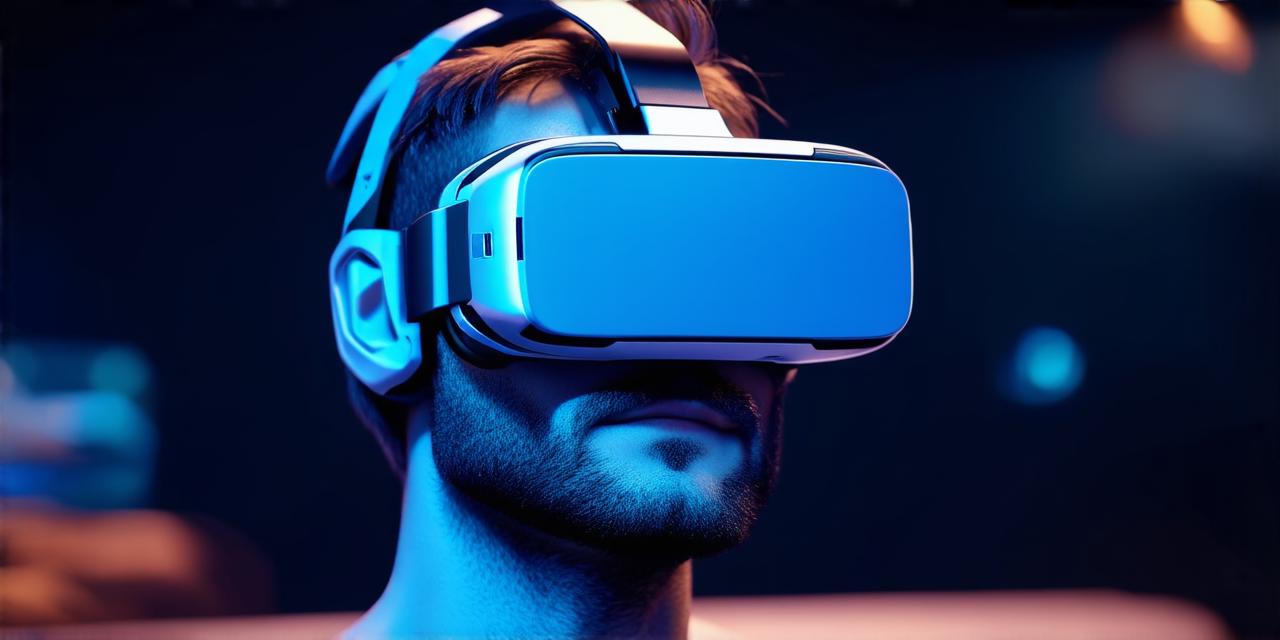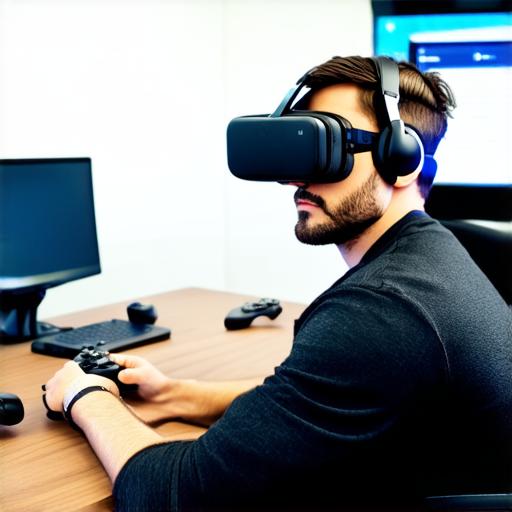
What are the responsibilities of a virtual reality developer?
As virtual reality (VR) technology continues to evolve, more and more professionals are looking for opportunities to work as VR developers. If you’re thinking about pursuing a career in this exciting field, it’s important to understand the responsibilities that come with being a VR developer.
1. Designing and creating VR experiences

One of the primary responsibilities of a VR developer is designing and creating immersive VR experiences for users. This may involve working with 3D modeling software, developing interactive elements, and ensuring that the experience runs smoothly and without glitches. To be successful in this role, developers need to have strong creative skills and a deep understanding of how users interact with technology.
2. Optimizing VR content for different platforms
Another key responsibility of a VR developer is optimizing their work for different platforms, including consoles, mobile devices, and PCs. This involves understanding the technical specifications of each platform and making sure that the experience runs smoothly on all of them. It also requires developers to stay up-to-date with the latest trends and advancements in VR technology.
3. Debugging and troubleshooting VR experiences
As with any software development project, debugging and troubleshooting are essential tasks for VR developers. This may involve identifying and fixing bugs in the code, ensuring that the experience runs smoothly, and addressing any issues that users encounter. Developers need to be skilled at troubleshooting and able to think creatively to solve complex problems.
4. Collaborating with other members of the team
Virtual reality development is a collaborative process that requires developers to work closely with other members of the team, including designers, producers, and project managers. This involves effective communication, coordination, and collaboration skills. Developers need to be able to work well in a team and communicate effectively with others to ensure that projects are completed on time and within budget.
5. Staying up-to-date with the latest trends and advancements in VR technology
The field of virtual reality is constantly evolving, and developers need to stay up-to-date with the latest trends and advancements in order to be successful. This may involve attending industry events, reading industry publications, and participating in online forums and communities. Developers need to be proactive about learning new skills and staying current with the latest developments in VR technology.
Case Study: Oculus
One company that is at the forefront of virtual reality development is Oculus. The company was founded in 2012 by Palmer Luckey, who has since become a well-known figure in the industry. As CEO of Oculus, Luckey has been instrumental in driving innovation and pushing the boundaries of what is possible with VR technology.
One example of this is Oculus’ flagship product, the Oculus Rift. The Rift was launched in 2016 and quickly became one of the most popular VR systems on the market. Luckey and his team have been able to create a seamless user experience that has captured the imagination of millions of people around the world.
Personal Experience: Virtual Reality Development at Unity
As a virtual reality developer myself, I can attest to the excitement and challenges that come with this field. I work for Unity Technologies, one of the leading VR development platforms on the market. My job involves designing and creating immersive VR experiences that run smoothly on a wide range of devices.
One of the most rewarding aspects of my job is seeing users immerse themselves in the world I’ve created. It’s an incredible feeling to know that what you’re doing has the power to transport people to another world and provide them with a truly unique experience.


